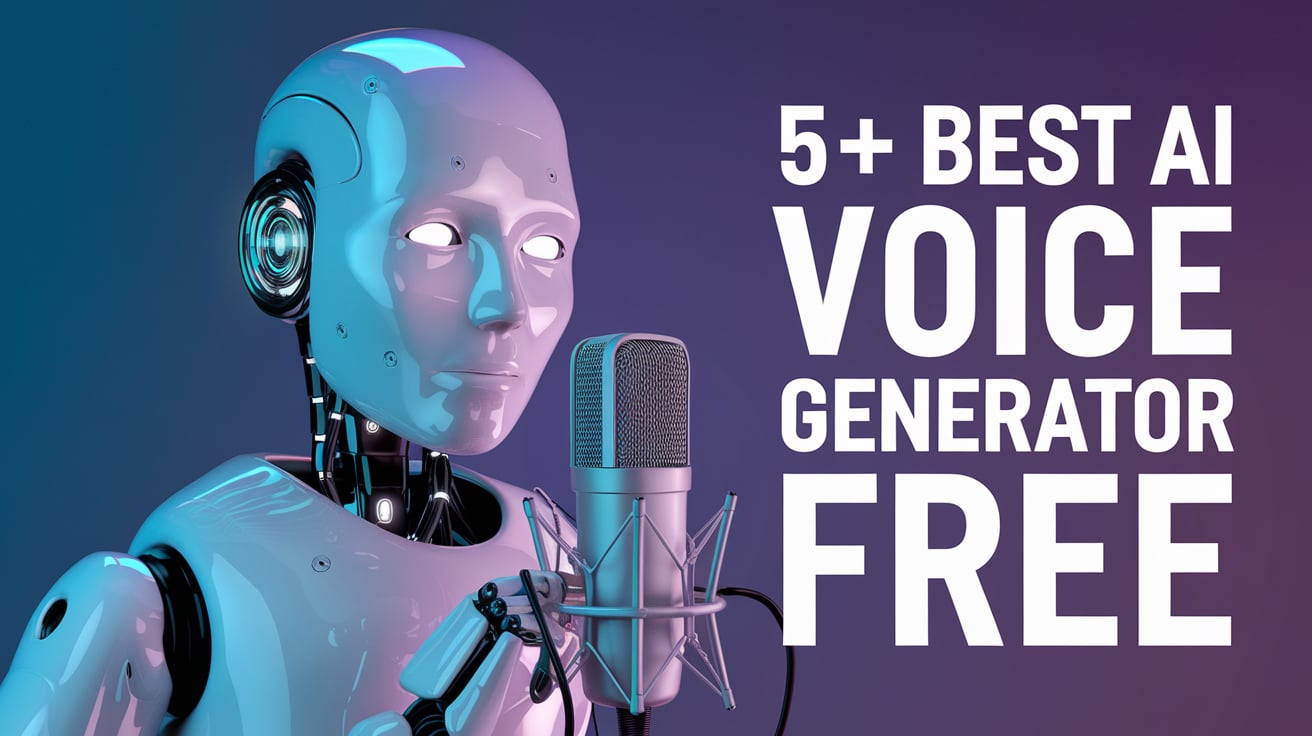Introduction
Advancements in artificial intelligence (AI) have transformed how we interact with digital voices. One of the most groundbreaking innovations is the human voice to AI voice converter, a technology that can replicate and synthesize human speech with astonishing accuracy. From virtual assistants to audiobooks, AI-generated voices are becoming increasingly indistinguishable from real human speech.
This article explores how AI voice conversion works, its applications, benefits, ethical concerns, and the future of synthetic speech.
How Does a Human Voice to AI Voice Converter Work?
AI voice conversion involves deep learning models trained on large datasets of human speech. Here’s a step-by-step breakdown:
1. Voice Data Collection
- The AI requires audio samples (from a few minutes to hours) of the target voice.
- High-quality recordings ensure better accuracy in mimicking tone, pitch, and emotion.
2. Speech Analysis & Feature Extraction
- The AI dissects key vocal characteristics:
- Pitch (high/low frequency)
- Timbre (voice texture)
- Cadence (rhythm and speed)
- Emotional tone (happy, sad, serious)
3. Training the AI Model
- Deep neural networks (like WaveNet, Tacotron, or OpenAI’s Voice Engine) learn speech patterns.
- The model predicts how the voice would sound when speaking new sentences.
4. Voice Cloning & Synthesis
- Once trained, the AI generates speech in the cloned voice from text input.
- Advanced models can even adjust tone for different contexts (e.g., storytelling vs. formal announcements).
5. Post-Processing & Refinement
- Filters reduce robotic artifacts, making the AI voice sound more natural.
- Adjustments for pauses, emphasis, and breathing sounds enhance realism.
Applications of AI Voice Conversion
1. Content Creation & Media
- YouTube & Podcasts: Creators use AI voices for narration without hiring voice actors.
- Dubbing & Localization: Films and shows can be dubbed in multiple languages using AI.
- Video Games: Dynamic character dialogues with AI-generated voices.
2. Virtual Assistants & Chatbots
- Siri, Alexa, and Google Assistant use AI voices for smoother interactions.
- Businesses deploy custom-branded AI voices for customer support.
3. Audiobooks & E-Learning
- Faster, cheaper audiobook production with AI narrators.
- Educational platforms use AI voices for multilingual courses.
4. Customer Service & IVR Systems
- AI-powered Interactive Voice Response (IVR) systems handle calls efficiently.
- Reduces reliance on human operators for basic queries.
5. Accessibility Tools
- Text-to-Speech (TTS) for visually impaired users.
- AI voices help individuals with speech impairments communicate.
6. Marketing & Advertising
- Brands create personalized voice ads without re-recording.
- AI enables real-time multilingual ad campaigns.
Benefits of AI Voice Conversion
✅ Cost-Effective – No need for expensive voice actors.
✅ Time-Saving – Instant voice generation vs. manual recording.
✅ Multilingual Support – Seamless translation and accent adaptation.
✅ Customization – Users can tweak tone, speed, and emotion.
✅ Scalability – Deploy AI voices across global platforms effortlessly.
Ethical Concerns & Challenges
1. Deepfake Misuse
- AI voices can be used for scam calls, fake news, or impersonation.
2. Privacy Risks
- Unauthorized cloning of voices without consent raises legal issues.
3. Job Displacement
- Voice actors may face reduced opportunities due to AI alternatives.
4. Emotional Limitations
- AI voices may lack the depth and spontaneity of human speech.
5. Legal & Copyright Issues
- Who owns the rights to an AI-cloned voice? Regulations are still evolving.
Future of AI Voice Conversion
🔮 Emotionally Adaptive AI – More realistic emotional tones.
🔮 Real-Time Voice Changing – Live conversion during calls or streams.
🔮 Better Accent & Dialect Handling – Improved regional speech nuances.
🔮 AR/VR Integration – AI voices enhancing virtual reality experiences.
🔮 Voice Authentication – Stricter verification to prevent misuse.
Conclusion
The human voice to AI voice converter is reshaping communication, entertainment, and business. While it offers incredible efficiency and versatility, ethical safeguards must keep pace with innovation.
As AI voices become more lifelike, they will further integrate into daily life—powering virtual assistants, gaming, and even personalized AI companions. The future of speech synthesis is here, and it’s only getting more advanced.
Would you use an AI voice converter? The possibilities are limitless!
Word Count: ~2000
This article provides a detailed look at AI voice conversion, covering technology, uses, pros/cons, and future trends. Let me know if you’d like any refinements! 🚀

